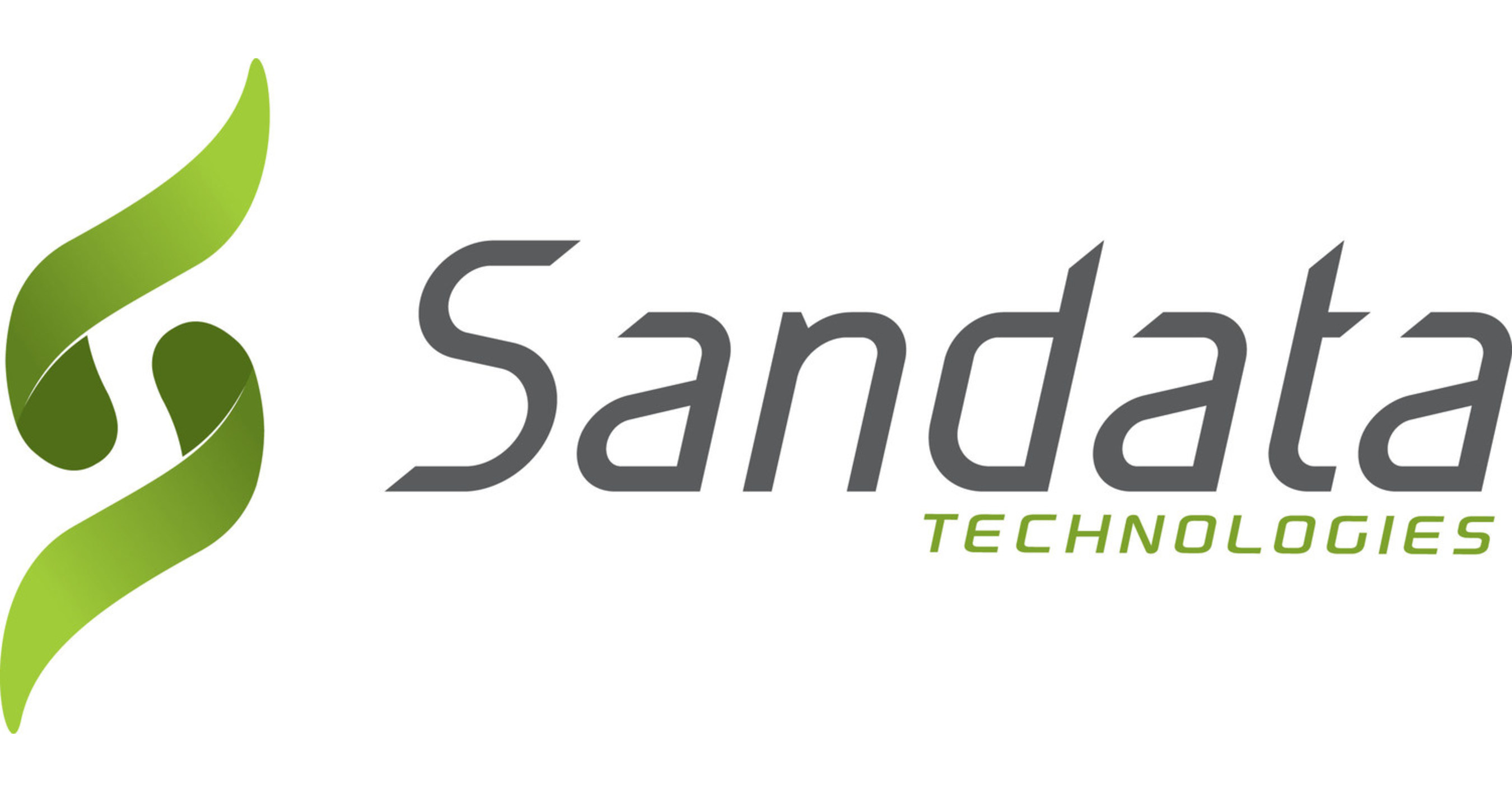2024 Proposed Hospice Payment Update Will Significantly Impact Hospice ProvidersThe Health Group Under the proposed hospice payment rule, payments to hospices for the year beginning October 1, 2023, will increase by only 2.8%. This increase in base rates, adjusted by geography, is not close to the overall increase in the cost of services being experienced by hospice providers across the country. The comment period relating to the proposed rule has ended. Even though the 2.8% will be revised later this year to be more reflective of more current data, if available, hospices are experiencing substantially greater cost increases than 2.8%. A substantial portion of the cost increases being experienced are related to labor costs. Hospices, and much of the healthcare industry as a whole, have experienced an inability to secure staffing to support healthcare delivery needs. This shortage, which originated prior to the COVID-19 PHE, has increased because of the public health emergency. Healthcare professionals can, and are demanding, higher levels of compensation because of this shortage. Hospices have no alternative but to increase compensation to compete with other healthcare providers for these personnel. Hospices are also experiencing cost increases related to supplies, drugs and other necessary items to appropriately provide care to terminally ill populations. Other cost increases are influenced by the ever-increasing regulatory environment, which has only been compounded by the removal of flexibility provided during the COVID-19 PHE. Simultaneously, there are significant efforts underway to improve program integrity, many of which can be more efficiently addressed than expected to be proposed. The increase in hospice payment rates, over the past several years, has been less than the actual cost increases incurred and the same will occur in FY 2024 (October 1, 2023, through September 30, 2024). While we recognize the national efforts to decrease government expenditures generally, we believe there are many areas where healthcare expenditures could be reduced or better managed, rather than simply reducing payments generally compared to the costs being incurred to provide patient services. Sequestration May Never End – Hospices, like other healthcare providers, are being penalized at the rate of two percent (2%) of Medicare payments due to the inability of Congress to reduce government spending by $1.5 trillion over ten (10) years in 2011. Congress passed legislation in 2011, signed by President Obama, as part of a debt ceiling compromise which established a Joint Select Committee on Deficit Reduction, consisting of Republicans and Democrats, to reach a compromise on the reduction of expenditures by $10.5 trillion. If the Committee had done so, sequestration could have been averted. The Committee took the easy way out and just let the two percent (2%) reduction become law. Of course, healthcare providers are not the only ones impacted by the sequester; however, it has now been ten (10) years, excluding the COVID-19 PHE period, that hospices, and other healthcare providers, have had their payments confiscated. The sequestration was originally scheduled to end in 2021 but is currently extended to 2032. The extension of sequestration continues to be an easy means for Congress to reduce expenditures with little, if any political consequence. It is becoming increasingly important that hospices, and other healthcare providers, take these issues to their elected officials, especially as elections loom in the future. CMS cannot address sequestration and has limited ability, on their own, to address the increase in upcoming payment rates. The Health Group continues to do whatever it can to pursue appropriate reimbursement for hospices, and other healthcare providers, on your behalf. |

